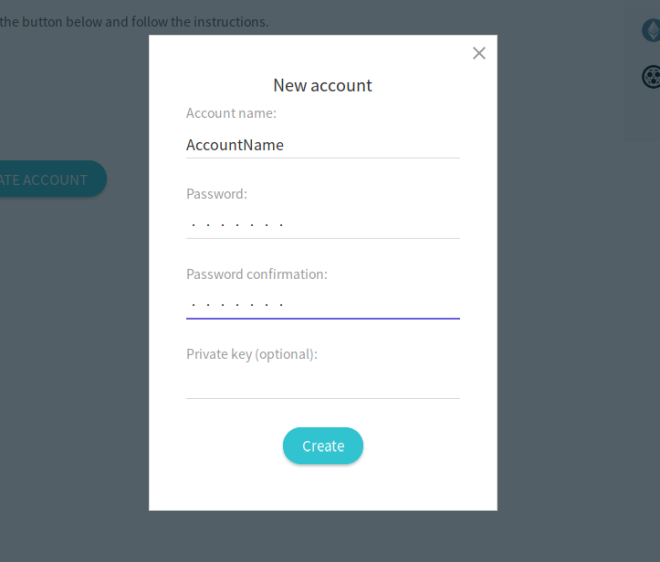The decentralized fog computing platform SONM has set and hit a number of milestones in the first half of 2018. The team launched the testnet in May, followed by the full mainnet just 30 days later.
Despite SONM’s development success, the project has encountered delays with adoption and education. Part of this is due to the lagging cryptocurrency market, but it also relates to the team’s focus on building a functioning, viable product.
In a recent Q&A session on August 15, SONM CTO Igor Lebedev answered a handful of user-submitted questions about the current status of the project. How does the team plan on addressing sluggish adoption rates? What does the future hold for SONM?
Educating Consumers
SONM is an unusual blockchain project. Instead of providing a dapps platform or spendable cryptocurrency, SONM offers decentralized fog computing resources to the general public.
Users can join SONM as suppliers to rent out unused GPU, CPU, RAM, or storage space. Customers then pay a small fee to utilize those resources to run their own tasks, everything from image rendering to mathematical calculations to machine learning algorithms.
SONM wants to deliver a working fog computing service that can compete with Amazon AWS and similar services. Suppliers gain the benefit of earning SNM tokens for providing resources, while customers get low-cost access to computing power without having to buy their own hardware.
In the Q&A, Lebedev described early adoption rates as “so-so,” stating they weren’t what the team expected, but they aren’t so poor as to cause concern. Plans are underway to address this by providing educational resources for both suppliers and consumers in an effort to cut down on the learning curve.
Another pressure point in the adoption process is onboarding new businesses. Several dozen companies have expressed interest in using SONM, but according to Lebedev, most of them need assistance integrating SONM into their workflow.
The SONM team employs just four business analysts. They can onboard a maximum of 10 companies at any given time. This has significantly contributed to the platform’s slow adoption rate.
With proper educational materials, tutorials, and intuitive software updates, Lebedev believes this issue will resolve itself soon.
Software Adoption
The SONM team is working on software that’s easier for end-users to install. Currently SONM’s hardare supplier’s software only runs on Linux and supports Docker containers as guest applications environment. Client (API and GUI) are cross platform. The plan is to support other guest environments, such as KVM, Hyper-V or VMware.

“Linux is difficult. We need an automatic installer,” Lebedev said, addressing a community question about usability. Current plans are to introduce a self-installing mining solution in the coming weeks.
Despite the current difficulty of installing and running SONM, there are a number of companies that have started using the platform for mining and resource sales. Lebedev expects this to increase by nearly 100 in the next few months.
Mining and Masternodes
SONM believes its platform is a viable alternative to mining cryptocurrencies. The team hopes to attract companies and individuals who are fed up with inconsistent profits and convince them to turn their rigs into SONM supply nodes.
One of the lures SONM uses to attract these miners is a guarantee of profits. The team has an algorithm that automatically balances practical tasks with standard mining operations, allowing suppliers to automatically switch to the most profitable project at any time.
These promises haven’t panned out in recent weeks, however, and miners haven’t been happy with the results. Lebedev addressed this by noting that the cryptocurrency market has been unusually bearish, which has directly contributed to the slowdown in profits.
Another hot topic from the SONM community is the promise of masternode releases. The team previously mentioned the software would hit before August, yet so far nothing has been released.
Lebedev simply stated that masternodes “are not the primary product.” Yes, it’s important for the health of the community that suppliers can both contribute and earn profit by deploying masternodes, but right now the team’s priorities are elsewhere.
Marketing SONM
A popular question submitted by the SONM community asked how the team plans to attract customers in the future. SONM is already gaining recognition at trade shows and conferences, but what efforts are actively underway to bring in more users?
One of the difficulties SONM has faced is attracting traffic to the website. Lebedev feels the difficulty lies in targeting the right audience with ad initiatives, as SONM’s use cases are numerous and varied.
Lebedev stressed that SONM places a high priority on outreach, especially at this point in development. Team members currently maintain an active presence on social media outlets to answer questions and provide updates. The new Q&A format is also an attempt to promote SONM to the public.
Lebedev himself will be making public appearances and leading workshops in the future, including at the upcoming TechCrunch Disrupt.
“The one important thing is adoption,” Lebedev said in the Q&A, reminding viewers that the team is dedicated to increasing SONM’s user base over the coming months.
New Whitepaper and Roadmap
Lebedev himself is working on an update to SONM’s whitepaper. It’s taking more time than expected, but it could release by mid-September. “I think people will like it,” Lebedev said.
The SONM roadmap is also getting a refresh, moving to its fifth version since the project’s inception. The technical aspects of the roadmap are already complete. The team is currently working to finalize business and marketing milestones before release.
It’s possible a draft of the roadmap will be shared before the final version. Lebedev said that either way, the new, full version of the roadmap will be out by the end of August.
Final Thoughts
SONM has made a lot of technical progress this year. With successful testnet and mainnet launches just weeks apart from each other, the team proved it has the dedication to bring their vision to life.
With a stable network on the table, SONM now turns its attention to boosting adoption rates. Lebedev likened the process to a walk through the mountains. As soon as you crest the first summit, you see the next mountain up ahead.
SONM has crossed the first mountain. Next comes user-friendly mining materials, educational resources, and a sharper focus on attracting suppliers and customers.
The decentralized fog computing resource is one step closer to reality.
Related: Distributed Computing on the Blockchain: 5 Projects to Watch Out For

